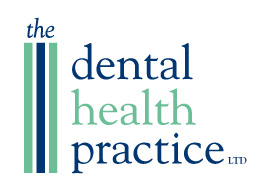Prevention
This is the cornerstone of all modern dentistry. Using the skills and knowledge of our Dentist, our Hygienists and our Oral Health Educators we aim to help our patients look after their mouths better and so reduce the number of fillings and crowns they will need over their lifetime. While it is never too late to learn good habits it is especially important to start children off with good tooth brushing and good diet patterns.
Prevention encompasses cleaning the teeth and learning how to modify your existing techniques to remove more plaque more consistently; it also covers placing sealants on teeth to prevent decay or stop it in its tracks if it has only just started; Orthodontics and gum shields can also be considered prevention as they are proven to reduce the risk of trauma to the front teeth and straight teeth are usually easier to keep clean; a big aid to prevention is Fluoride – this naturally occurring element penetrates the tooth enamel and makes it more resistant to acid attack and decay. Fluoride can be applied with normal toothbrushing using fluoridated toothpaste – most brands today contain 1300-1500ppm Fluoride; or it can be applied in varnish form in surgery.
Orthodontics
This is the branch of dentistry concerned with moving teeth and altering jaw growth patterns to correct the position of teeth that have come through in the wrong place. Teeth are moved around by applying gentle forces through braces. Braces can either be removable or fixed. Removable braces are usually acrylic bases with metal wires and springs attached to act on the teeth. Fixed braces are where brackets (metal or tooth coloured ceramic) are bonded to the teeth and a sequence of wires is placed engaging these brackets and guiding the teeth into the correct positions.
Fixed braces are much more commonly used now as they provide greater accuracy and predictability in their results.
Although more commonly done in the adolescent years, braces can be worn by young and old alike and it is much more common now for adults to have fixed bracework to correct smiles they have disliked and put up with for many years. This will often mean that expensive and potentially destructive “cosmetic dentistry” is unnecessary.
Aesthetic Dentistry
This term applies to any dentistry that improves the appearance of a tooth or the teeth in general. So it covers replacing an unsightly metal filling with a near-invisible tooth-coloured composite filling; replacing a crown with an unsightly neck; placing veneers (porcelain or composite); Tooth whitening with Bleaching gels; closing gaps up by adding composite filling to the side of teeth; and Orthodontics.

